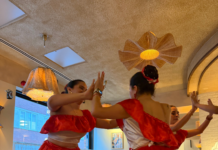
On the final three days of his Wonders of Bhutan escorted tour with National Geographic Journeys with G Adventures and Turkish Airlines, ITTN’s Neil Steedman explored Thimphu, raised flags at the Chelela Pass in Haa Valley – and rode half-way up to the world-famous ‘Tiger’s Nest’ Monastery.
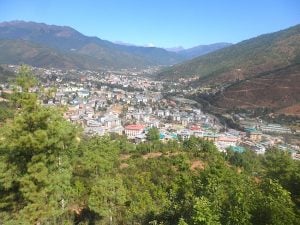
Our group was extraordinarily lucky on our seventh day when visiting Thimphu’s Buddha Dordenma, the largest Buddha statue in Bhutan, that Bhutan’s head lama was reciting the entire Kangyur and Tenjur (the Buddhist teachings and traditional commentaries).


We then visited a popular meeting place for families in Thimphu, the National Memorial Chorten, where parents and children circumnambulate the chorten while the more elderly sit and chat while spinning giant prayer wheels.
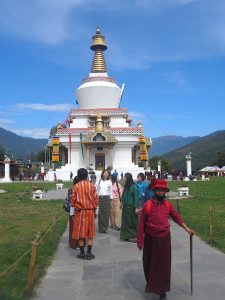

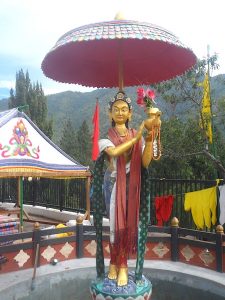
Heading out into the Haa Valley brought us to Lhakhang Nagpo (Black Temple), one of the oldest temples in the valley, although recently renovated, and close to Lhakhang Kharpo (White Temple). It is said that when searching out auspicious locations for two new temples the Tibetan king Songtsen Gampo released one black pigeon and one white pigeon, and these are where the pigeons landed.
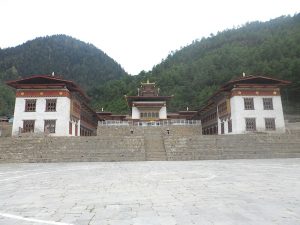
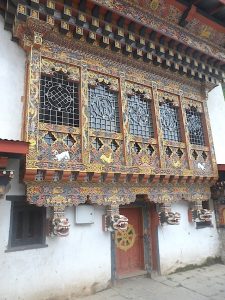
Then came the Chelela Pass, where countless prayer flags flapped in the breeze, and, as is the tradition, we prepared to add to them and made sure that our main big flag flew the highest once the streamers were raised. It was chilly – but some Tibetan momos bought from a roadside van did help!
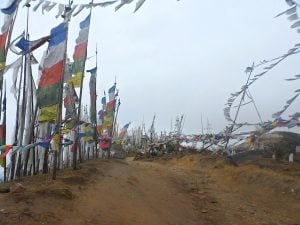
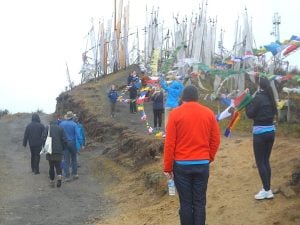
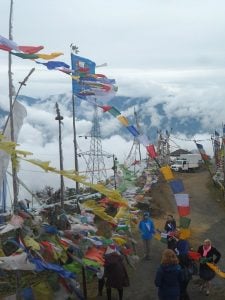
Further on, an astonishingly long road winds up and up a mountainside to serve its one and only destination, the Kila Goempa Nunnery, which clings to a rocky cliff at a height of 3,500 metres. There are several small temples and retreat huts for the 30 or more nuns who live and practice here.
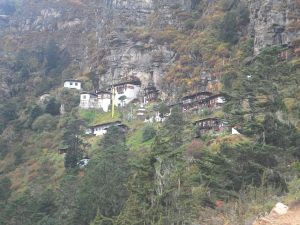
Arriving back at our starting point, Paro, we visited the imposing Rinpung Dzong (Fortress of the Heap of Jewels) that was built in 1645. It now includes 14 shrines and chapels, as well as administrative offices for the district’s monastic and government bodies.

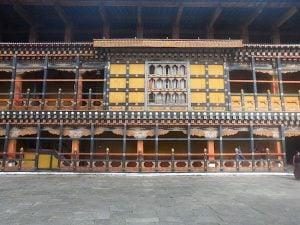
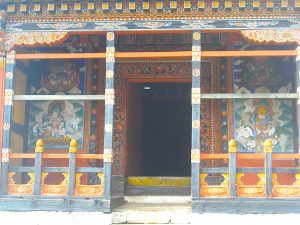
Kyichu Lhakhang in Paro is Bhutan’s oldest temple. Built in 659 by the Tibetan king Songsten Gampo, the temple contains a 7th-century statue of Jowo Sakyamuni, an impressive 5-metre high statue of Guru Rinpoche (who the Bhutanese regard as the second Buddha), another of Red Tara, and a chorten containing the ashes of the Nyingma Buddhist master, Dilgo Khyentse Rinpoche, who passed away in 1992. (As I said in a previous report, it is such a shame that photos are not permitted inside temples in Bhutan.)
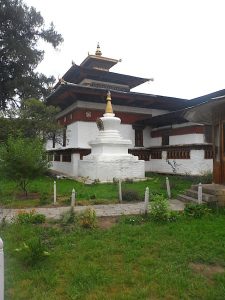
That evening, back at our hotel, G Adventures had arranged a meeting for us with a Buddhist lama, Khenpo Phuntsok Tashi, who jovially answered all the group’s questions about Bhutan, Buddhism and Gross National Happiness. As it happened, I had met Khenpo-la three years earlier at a Buddhist conference at Bodh Gaya, India, and had been given one of his books, Journey to Liberation, by a friend whom I had met when in Thimphu.
Taktsang Monastery
The following day brought us to Bhutan’s piece d’resistance, Taktsang Monastery, otherwise known as Tiger’s Nest Monastery, the Buddhist temple complex that clings to a cliff, 3,120 metres above sea level on the side of the Paro Valley.
To be accurate, the day brought myself and two others to an observation point half way up, while the others continued to trek right up to the monastery. I also took the easy way up by hiring a horse for 600 Nu, plus a 300 Nu tip for the guide, and rented a walking stick for 50 Nu, which made the walk back down so much easier. (It is not safe for the horses to carry anyone back down.)
Clients should be strongly advised not to attempt the trek right up to the monastery unless they are reasonably fit and healthy. A number of people die each year making the attempt – and, indeed, one man from Singapore (who had previous heart problems) had a heart attack and died just above the observation point while I was sitting there. I had sent my offerings up to the monastery with our guide, Tashi Tobgay, who brought another back, and for me that was fine.
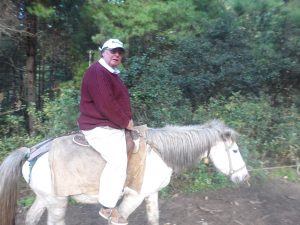
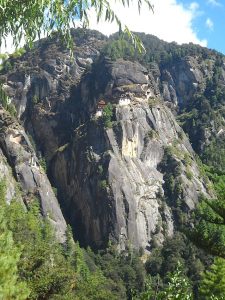
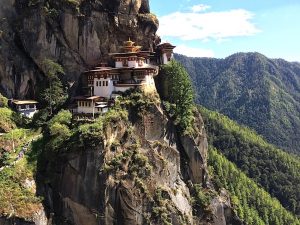
On our final evening in Bhutan we were treated to an archery contest (which we lost to visitors from Singapore!), a lesson on cooking Bhutan’s national dish Ema Datshi (Chillie Cheese) by Tobgay, and were entertained by a group of folk dancers. I presented our host with a photo of His Holiness the Dalai Lama, and so our group was also invited to visit his splendid shrine room.
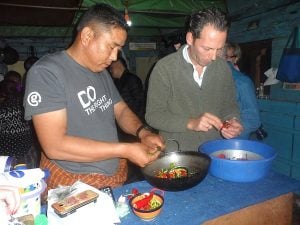
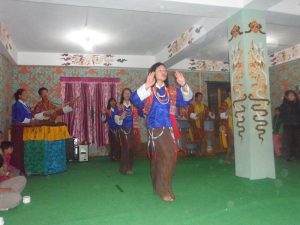
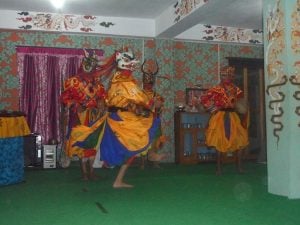
The following day, we each went our separate ways, many going on to new tours in neighbouring countries, while I stopped off for a day in Dhaka, Bangladesh, on my way to Bangkok to catch my Turkish Airlines flight home.
How would I sum up National Geographic Journeys by G Adventures 10-day Wonders of Bhutan tour? In one word: Wonderful! You can offer it to your clients with confidence – it will probably be their trip of a lifetime.

